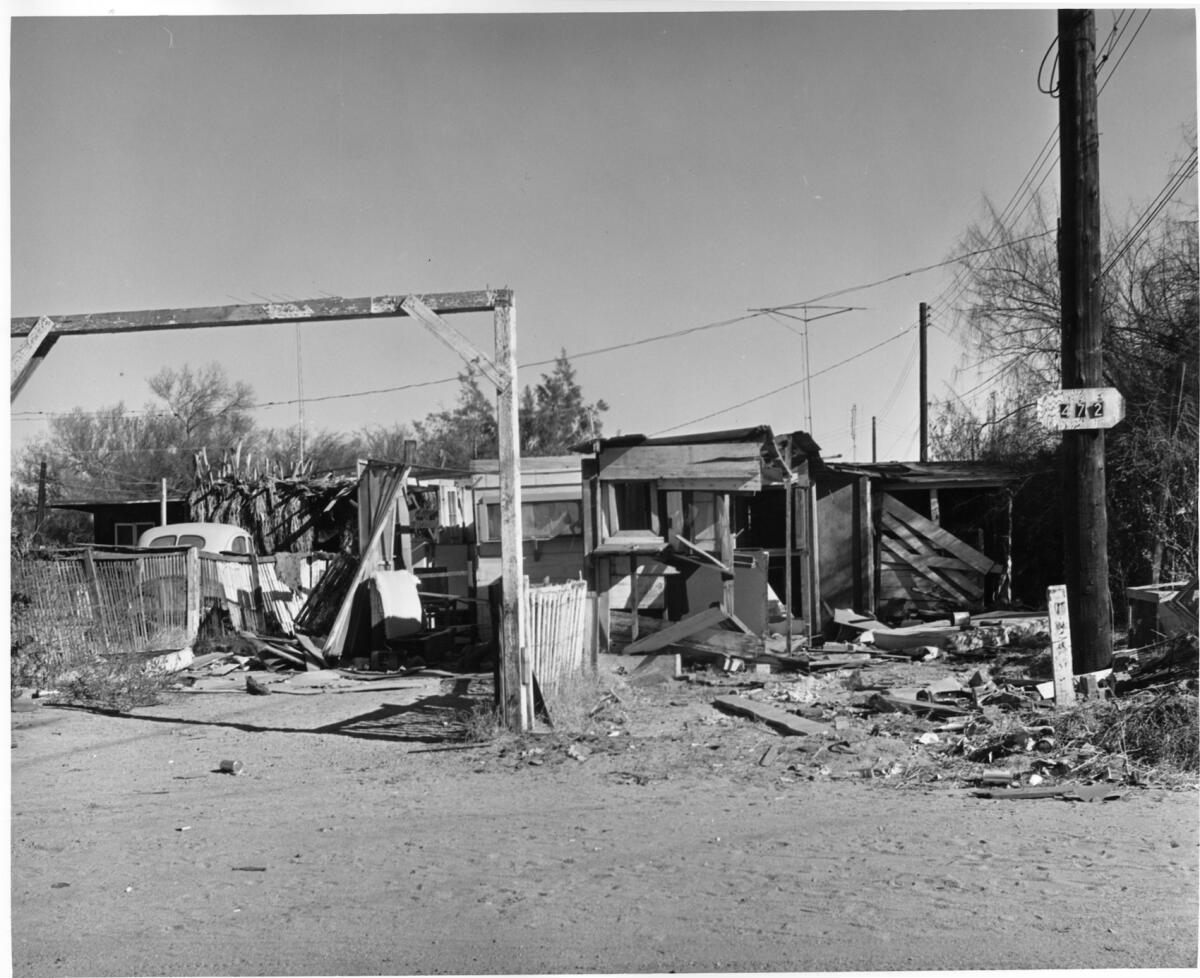Should we just make public transit free?

- Share via
Good morning, and welcome to the Essential California newsletter. Somehow, it’s Dec. 1, 2022. I’m Ryan Fonseca.
For me, riding public transit in L.A. is simply a nice alternative to driving my car. Sure, it might take me a little longer to get where I want to go — like downtown L.A., a Dodgers game or the Hollywood Bowl — but it’s a fair trade when I want to enjoy a day or night out free of traffic troubles and parking woes.
But I’m privileged when it comes to transportation. I have a reliable car if I would need to drive to work, but for now I’m writing this to you from home. Millions of fellow Californians don’t have those luxuries.
For them, public transit is a necessity to get to work or school, run essential errands and access medical care. All those trip fares add up. And with roughly 70% of riders on L.A. County’s transit system considered low income, it can create a serious financial burden.
That’s one reason why a growing, vocal coalition of transit riders and mobility advocates want transit agencies to stop charging people to ride buses and trains.
One of those groups is the Alliance for Community Transit, or ACT-LA. It calls public transit “the community infrastructure that connects us to jobs, school, healthcare and family.”
“Investing in universal fareless transit is key to racial and economic justice for low-income Black, Latinx, immigrant and youth who make up Metro’s ridership and depend on Metro for transportation,” the group wrote on its website. “It will also grow transit ridership and aid Los Angeles in our fight for better air quality, climate solutions and less traffic congestion.”
This morning, ACT-LA, fellow advocates and transit riders will again be making their case to leaders of California’s largest transit system. The L.A. County Metropolitan Transportation Authority board is holding a public meeting and is set to vote on changes to the current fare structure. Among other changes, the board could approve a new fare-capping system, making trips within a given time period free after a rider has paid a certain dollar amount.
Metro staff had initially recommended raising the base fare from $1.75 to $2 but walked back that suggestion after public outcry. At the same time the agency has contemplated raising fares, its staff has also been exploring the possibility of going fareless.
In fact, hundreds of thousands of K-12 and community college students can ride for free through a pilot program (though individual school districts have to agree to some cost-sharing, meaning L.A. Metro still gets revenue through the program).
And a notable percentage of transit riders around the state are able to ride at reduced rates. Transit agencies including those in L.A., the Bay Area, San Diego and Sacramento offer discounts — some have pricing based on age; others lower the costs for riders with disabilities or who qualify as low income.
Gov. Gavin Newsom has expressed interest in making transit free, though he ultimately vetoed a bill this year that would have created a program for K-12 and college students to ride for free statewide.
Also noteworthy: Fares make up a tiny sliver of L.A. Metro’s annual budget. For the current fiscal year, which runs through June 2023, fare revenues represent a measly 1.2% of the agency’s projected resources. Of course, some agencies rely on fares more than others. For example, BART riders’ fares paid for about two-thirds of that agency’s operating costs, but that was before the pandemic tanked ridership.
We Californians are already paying for public transit, even if we don’t use it. We pay taxes to the state and the feds, and those governments pay out grants to local transit agencies. And sometimes voters opt to tax themselves more, like in L.A. County, where residents decided to boost transit funding via sales tax increases like with Measure M and Measure R.
Now I’d like to hear from you. Should public transit be free to all? Let us know in this survey and your responses could be shared in a future edition of the newsletter.
And now, here are a few of the essential stories from across California:
Note: Some of the sites we link to may limit the number of stories you can access without subscribing.
Check out "The Times" podcast for essential news and more
These days, waking up to current events can be, well, daunting. If you’re seeking a more balanced news diet, “The Times” podcast is for you. Gustavo Arellano, along with a diverse set of reporters from the award-winning L.A. Times newsroom, delivers the most interesting stories from the Los Angeles Times every Monday, Wednesday and Friday. Listen and subscribe wherever you get your podcasts.
POLITICS AND GOVERNMENT

In the 1950s and ’60s, the city of Palm Springs evicted residents who were living on tribal land known as Section 14. The land belongs to the Agua Caliente Band of Cahuilla Indians, who had leased many parcels to Latino and Black residents who had been excluded from living elsewhere in the city due to racist housing covenants and lending practices. City workers forced families out, then bulldozed and burned their homes. This week, a group of those residents and their descendants renewed calls for reparations. They’ve filed an amended claim against the city, contending they’re owed up to $2 billion in damages. Los Angeles Times
HEALTH AND THE ENVIRONMENT
The ongoing drought has some local water agencies worried they’ll face serious shortages over the next seven months. In a new assessment from the California Department of Water Resources, about 82% of surveyed agencies say they should be fine if current conservation efforts are maintained. Officials say that’s a sign water-saving efforts are making a difference. But officials from 73 agencies, including the Los Angeles Department of Water and Power and the Metropolitan Water District of Southern California, said they could face shortages. Some said conservation measures including a full outdoor watering ban might be needed. Los Angeles Times
Support our journalism
BUSINESS AND TECHNOLOGY
It’s been a rough year for tech workers. The industry’s recent downturn has led to massive layoffs, which is especially troubling for workers with H-1B visas. Silicon Valley companies have tapped that program to add thousands of workers from outside the U.S. Now, many find themselves out of work and scrambling to land a new job so they can stay in the country. San Francisco Chronicle
CALIFORNIA CULTURE
A new exhibit in La Jolla presents a retrospective of L.A. artist Alexis Smith’s taboo-smashing career. Art critic Christopher Knight writes: “For Smith, second wave feminism of the 1960s and 1970s provided crucial fuel, with sexual politics a recurrent theme. Those politics are almost always embedded within Smith’s sharp sense of absurdity, salted with the specter of eventual injury and loss.” You can see “Alexis Smith: The American Way” at the Museum of Contemporary Art San Diego through Jan. 29. Los Angeles Times

Free online games
Get our free daily crossword puzzle, sudoku, word search and arcade games in our new game center at latimes.com/games.
CALIFORNIA ALMANAC
Los Angeles: chance of rain, 59. San Diego: mostly cloudy, 61. San Francisco: rain, 57. San Jose: rain, 53. Fresno: rain likely, 53. Sacramento: rain, 48.
AND FINALLY
Today’s California memory is from Christopher Hagen:
I took the Southwest Chief train to Los Angeles to shoot a short scene for an indie film that I had worked on in Santa Fe, N.M. The scene was filmed at night in the lovely Franklin Hills area. The director had borrowed a brand-new Lexus for me to drive across the Shakespeare Bridge. At night. Without glasses. I’m near-sighted and have night blindness. It was scary and exhilarating. Want to move to L.A.
If you have a memory or story about the Golden State, share it with us. (Please keep your story to 100 words.)
Please let us know what we can do to make this newsletter more useful to you. Send comments to [email protected].
Sign up for Essential California
The most important California stories and recommendations in your inbox every morning.
You may occasionally receive promotional content from the Los Angeles Times.




